by David Clarke | Mar 1, 2013 | Hong Kong, Places
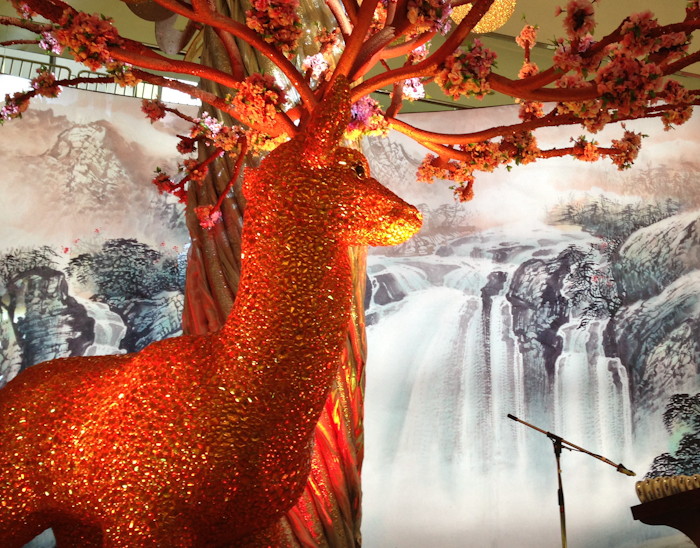
Chinese New Year in Hong Kong is a good enough reason to pull out all the stops for decorations and entertainment. Many of the better shopping plazas and malls put on huge displays with traditional dances thrown in. In City Plaza at Tai Koo Shing on Hong Kong Island, there were many quite garish reindeer that were probably left over from Christmas but served as a fine backdrop to dancers celebrating the Year of the Snake. This golden fellow with his outrageous antlers seems to be anticipating something rather special as he eyes the microphone. Maybe in the middle of the night when the place is empty, he and his mates come to life, singing and dancing for each other in true Disney fantasy style.
Taken on my iPhone 5 and cropped and tweaked in Lightroom
[socialring]
by David Clarke | Feb 24, 2013 | Hong Kong, Places
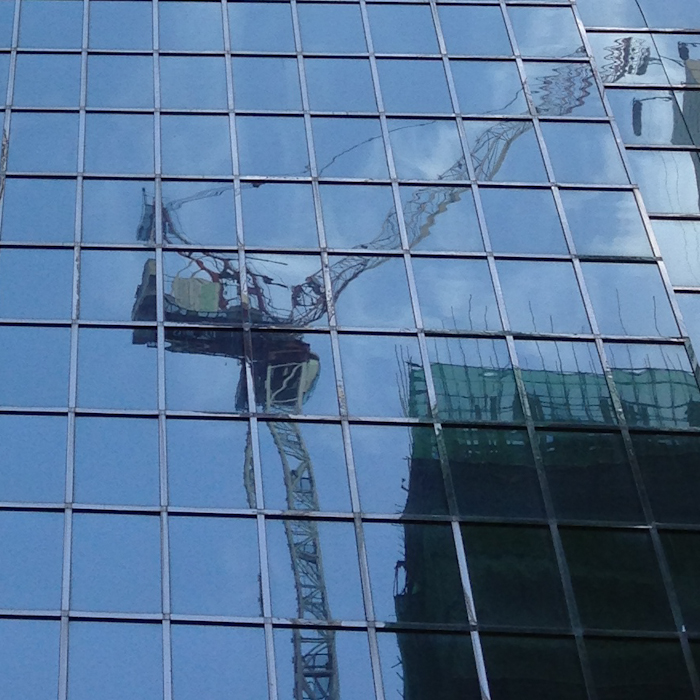
Hong Kong is full of spectacularly tall high-rise buildings, many clad with much glass to reflect their surroundings. This edifice is part of Times Square in Happy Valley where a nearby crane can be seen broken up into various rippled parts like images on water.
Taken on my iPhone 5 and cropped in Lightroom
by David Clarke | Feb 20, 2013 | Hong Kong, Places
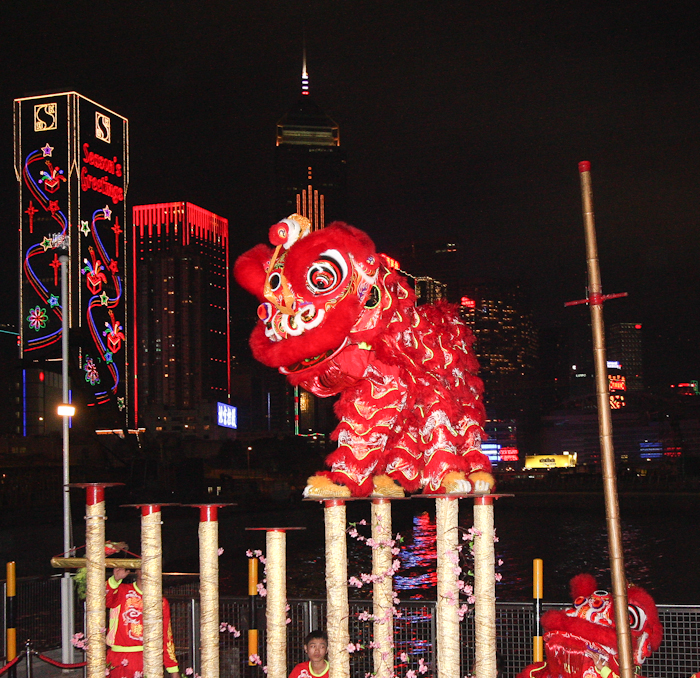 It’s the Year of the Snake and the Chinese New Year celebrations in Hong Kong were as lavish and spectacular as ever. For several days during and after the actual three-day new year festival everywhere I went around town seemed to have hired the local troupe of lion dancers. The really spectacular ones were like this one at the Royal Hong Kong Yacht Club where I went to watch the New Year fireworks. With a backdrop of the city lights, the two guys inside this costume pranced along the poles to entertain the crowd like the true professional they are.
It’s the Year of the Snake and the Chinese New Year celebrations in Hong Kong were as lavish and spectacular as ever. For several days during and after the actual three-day new year festival everywhere I went around town seemed to have hired the local troupe of lion dancers. The really spectacular ones were like this one at the Royal Hong Kong Yacht Club where I went to watch the New Year fireworks. With a backdrop of the city lights, the two guys inside this costume pranced along the poles to entertain the crowd like the true professional they are.
Canon 40D with Canon 10-22mm EFS lens at 19mm. ISO800 1/60 at f4.5 with built-in flash
[socialring]
by David Clarke | Feb 9, 2013 | Insects & Spiders, Phuket, Wildlife
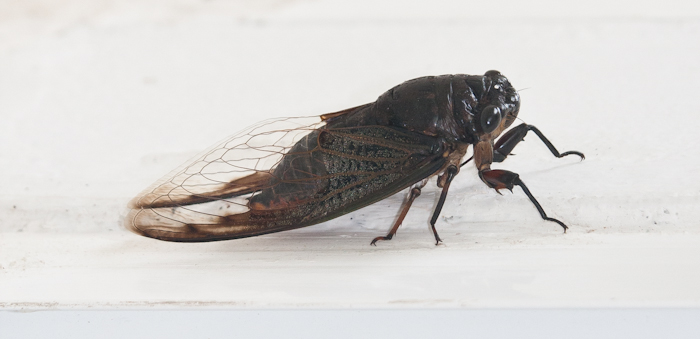
It seems there are dozen of types of cicadas. Whole books are written about them. Their main claim to fame, apart from being a delicacy in Thai and other SE Asian cuisine, is that they are the noisiest bugs around. That fact I can certainly attest to.
We have an apartment in a lovely setting about a mile inland from Kamala Beach in Phuket. We are up a hill so we get a panoramic view of the bay. To the left and rear of our apartment is rain forest, good virgin stuff with hugely tall trees, including, in the season, durians that bear the most foul smelling fruit in the world. There are large Asian squirrels to be seen, some bird life. And cicadas. Millions of them. They are quite staggeringly noisy insects with a tympanic call that can carry a mile that the males make to attract the females. They start at daybreak with a brief morning chorus of about twenty minutes. Then around early – mid afternoon there is a cacophony that is quiet deafening. And then at sunset there is the finale that sounds like an orchestra of power saws in unison. Each species call is slightly different and a female of a given species will only take note of the call from a male of the same species.
Once they have finished, they look around, see the lights on and try to get into the apartment, banging against the windows and screen doors. Looking at that prehistoric exoskeleton, headaches clearly aren’t a problem.
I found this fellow one morning on the wall outside the bedroom. He was patient, allowing me to take many shots. After that, I gave him a gentle nudge under the wings and he flew away, the beating of the wings sounding like a helicopter.
Head to end of folded wingtips, he was about 2.5″ long.
Canon 40D with Canon 70-200mm f4 IS lens at 116mm and with a Canon 12mm extension tube. ISO800 1/100 at f6.3 with flash from the built-in flashgun. Adjusted and cropped in Lightroom
Location: Phuket, Thailand
by David Clarke | Dec 25, 2012 | All, Phuket
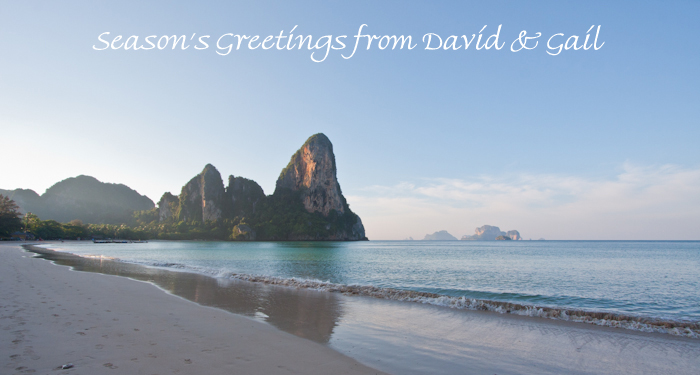
[socialring]
by David Clarke | Dec 11, 2012 | Phuket, Places
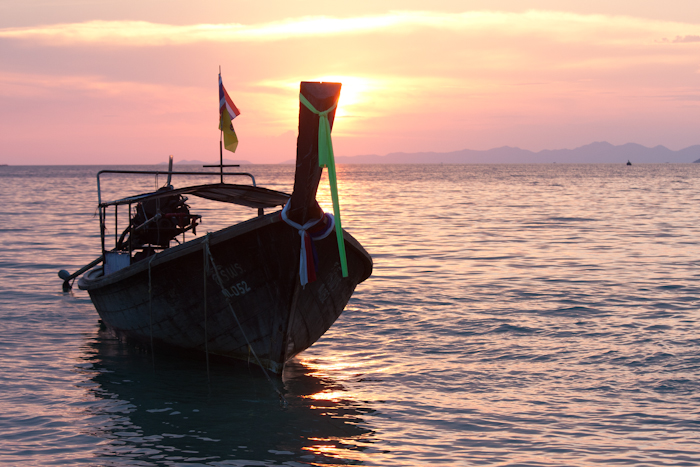
Railay Beach, near Krabi in PhangNga Bay, Thailand, is famous for its dramatic and sheer limestone rocks and cliffs. Rockclimbers flock there from around the world to scale what to the untrained eye seems unscalable. I’ll post other shots later – they are also in the gallery – but for now, here’s a peaceful sunset from Railay Beach West. Even the long tail boat looks good – when their engines are running there are deafening!
[socialring]
by David Clarke | Nov 18, 2012 | All, Insects & Spiders, Phuket
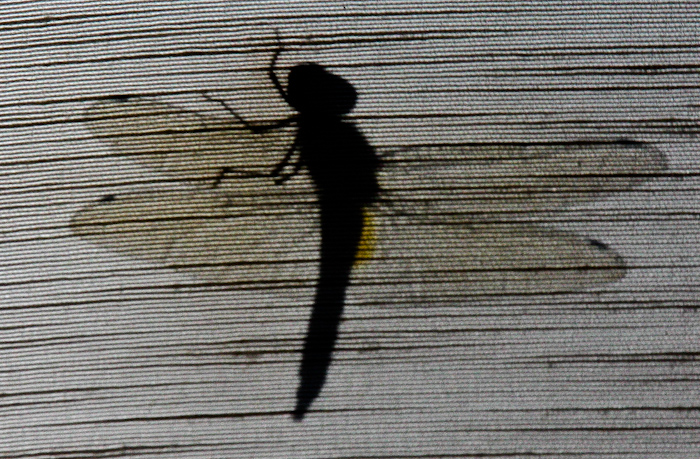
This dragonfly was playing at being a frightening fellow. He was on the blinds in our apartment in Phuket and I’m sure I heard him growl a couple of times. He agreed on a few shots in exchange for me opening the glass door behind to let him fly away to somewhere more shaded.
[socialring]
by David Clarke | Nov 15, 2012 | African Birds, All, Birds, Kenya, Wildlife
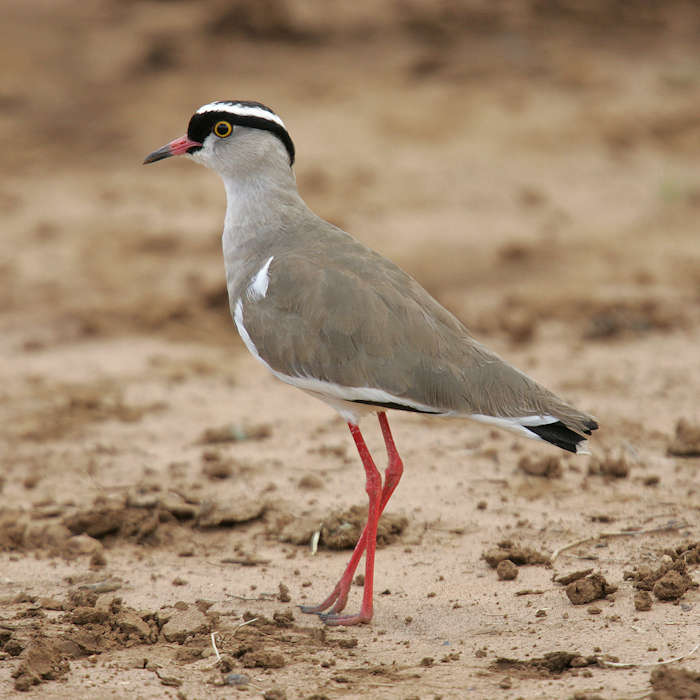
This Crowned Lapwing was seen at the Solio Game Reserve, a private 18000 acre reserve just north of Nyeri in central Kenya. Solio has been successful in breeding black rhino and over 120 black and white rhino live there. One appealing feature of the reserve is that you just pay your entrance fee and drive yourself around. It’s quiet and has none of the zebra stripe painted jeeps full of tourists vying for position to get the next shot. At Solio, you just take your time.
According to ‘Birds of East Africa’ by Stevenson and Fanshawe, ‘the crowned lapwing is a bird associated with dry country and grasslands, best identified by head, breast and wing markings. All resident species are known as plovers in Southern Africa. The Crowned Lapwing, (Vanellus coronatus) is 31cm, 12″, has a smart head pattern with a black cap and white crown ring standing out at long distance; the ring accentuates the flat head and steep forehead. It is alert and upright, with yellow eyes and bright red legs.’
Canon 1DMkII with Canon 300mmf2.8L IS lens and x2 extender; ISO400 f5.6 1/640
[socialring]
by David Clarke | Nov 12, 2012 | African Birds, All, Birds, Kenya
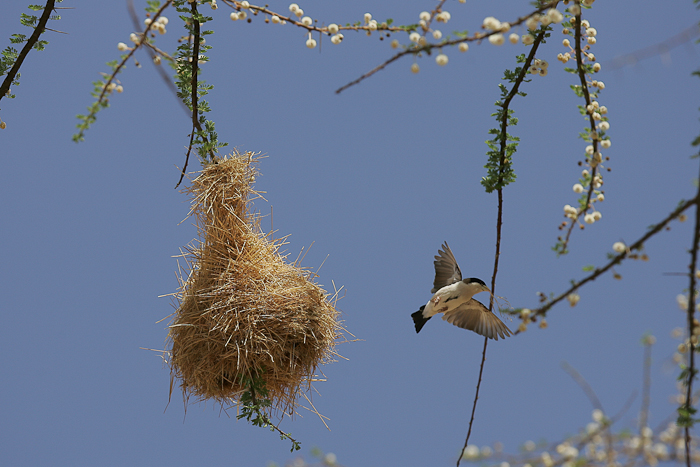 The Social-Weavers (Genus Pseudonigrita) are a different genus from True Weavers (Genus Ploceus), but apart from their colouring – true weavers are mainly predominantly yellow, the social-weavers seem to exhibit similar behaviour. According to Stevenson & Fanshawe’s excellent book, Birds of East Africa, ‘…the Social-Weavers are small birds (4.5″ – 5″) which occur in large flocks, often feeding together on the ground. Their nests are tightly woven balls of grass which hang from the very ends of the the thinnest branches of large trees, often hundreds of pairs breeding together. The sexes are alike.
The Social-Weavers (Genus Pseudonigrita) are a different genus from True Weavers (Genus Ploceus), but apart from their colouring – true weavers are mainly predominantly yellow, the social-weavers seem to exhibit similar behaviour. According to Stevenson & Fanshawe’s excellent book, Birds of East Africa, ‘…the Social-Weavers are small birds (4.5″ – 5″) which occur in large flocks, often feeding together on the ground. Their nests are tightly woven balls of grass which hang from the very ends of the the thinnest branches of large trees, often hundreds of pairs breeding together. The sexes are alike.
The Black-capped Social-Weaver (Pseudonigrita cabanisi) is a ‘small attractive weaver with a black cap and tail contrasting with a brown back and wings, a white bill with a greenish tinge, and red eyes. White below with black streaks on flanks and belly. Flocks inhabit drier country than the Grey-capped Social-Weaver from 200-1300m, including quite arid areas if large trees are present for breeding.’
I spotted this fellow on a trip to Buffalo Springs Game Reserve, Samburu, Kenya. He was one of many busily constructing their nests in a tree that was overflowing with nests.
Canon EOS 1DMkII with Canon 300mm f2.8L IS lens, ISO 200 f4.5 1/2500
[socialring]
by David Clarke | Nov 9, 2012 | All, Insects & Spiders, Italy
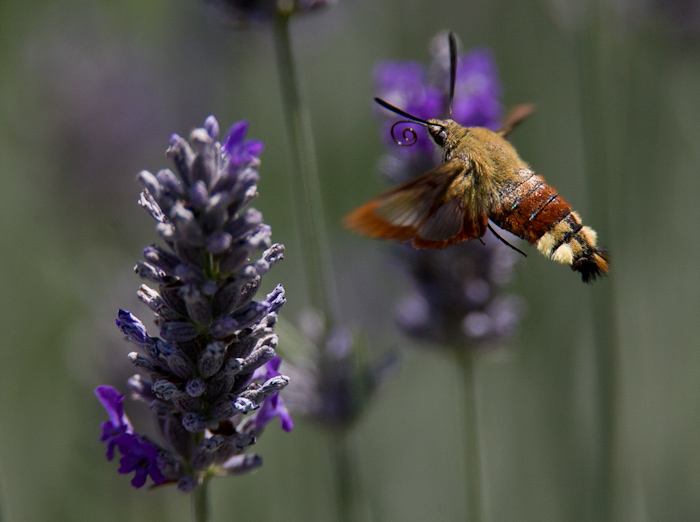
Following on from the post of a couple of days ago, a second shot of one of these busy moths.
During June and July, the lavender bushes in our garden in Tuscany are alive with the buzzing and humming of bees, beetles, butterflies and moths, all delighting in the sweet nectar.
A common visitor is the hummingbird hawk moth, and this one, the Broad-bordered Bee Hawkmoth Heparis fuciformis is also a regular.
These moths are a challenge to photograph since they are constantly on the move, darting from one flower to the next savouring the nectar, spending only a fraction of a second at any one flower.
I caught this one in mid-flight as he approached a flower. His proboscis is coiled but extended a fraction of a second after this shot was taken to collect the nectar from the lavender.
Location: countryside south of Arezzo, Tuscany, Italy.
Canon 1DMkII with a Canon 300mm IS f2.8 lens, a Canon 1.4x extender and Canon 25mm tube.
ISO 250 f4 1/3200 handheld.
[socialring]



 It’s the Year of the Snake and the Chinese New Year celebrations in Hong Kong were as lavish and spectacular as ever. For several days during and after the actual three-day new year festival everywhere I went around town seemed to have hired the local troupe of lion dancers. The really spectacular ones were like this one at the Royal Hong Kong Yacht Club where I went to watch the New Year fireworks. With a backdrop of the city lights, the two guys inside this costume pranced along the poles to entertain the crowd like the true professional they are.
It’s the Year of the Snake and the Chinese New Year celebrations in Hong Kong were as lavish and spectacular as ever. For several days during and after the actual three-day new year festival everywhere I went around town seemed to have hired the local troupe of lion dancers. The really spectacular ones were like this one at the Royal Hong Kong Yacht Club where I went to watch the New Year fireworks. With a backdrop of the city lights, the two guys inside this costume pranced along the poles to entertain the crowd like the true professional they are.




 The Social-Weavers (Genus Pseudonigrita) are a different genus from True Weavers (Genus Ploceus), but apart from their colouring – true weavers are mainly predominantly yellow, the social-weavers seem to exhibit similar behaviour. According to Stevenson & Fanshawe’s excellent book, Birds of East Africa, ‘…the Social-Weavers are small birds (4.5″ – 5″) which occur in large flocks, often feeding together on the ground. Their nests are tightly woven balls of grass which hang from the very ends of the the thinnest branches of large trees, often hundreds of pairs breeding together. The sexes are alike.
The Social-Weavers (Genus Pseudonigrita) are a different genus from True Weavers (Genus Ploceus), but apart from their colouring – true weavers are mainly predominantly yellow, the social-weavers seem to exhibit similar behaviour. According to Stevenson & Fanshawe’s excellent book, Birds of East Africa, ‘…the Social-Weavers are small birds (4.5″ – 5″) which occur in large flocks, often feeding together on the ground. Their nests are tightly woven balls of grass which hang from the very ends of the the thinnest branches of large trees, often hundreds of pairs breeding together. The sexes are alike.

